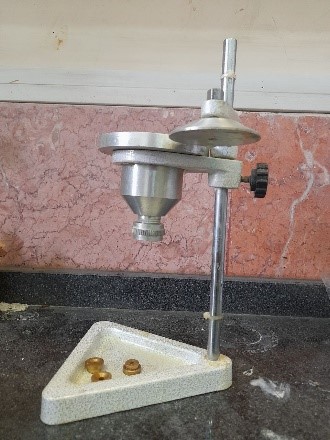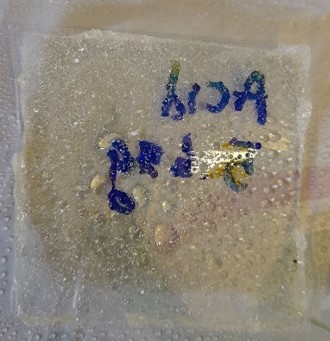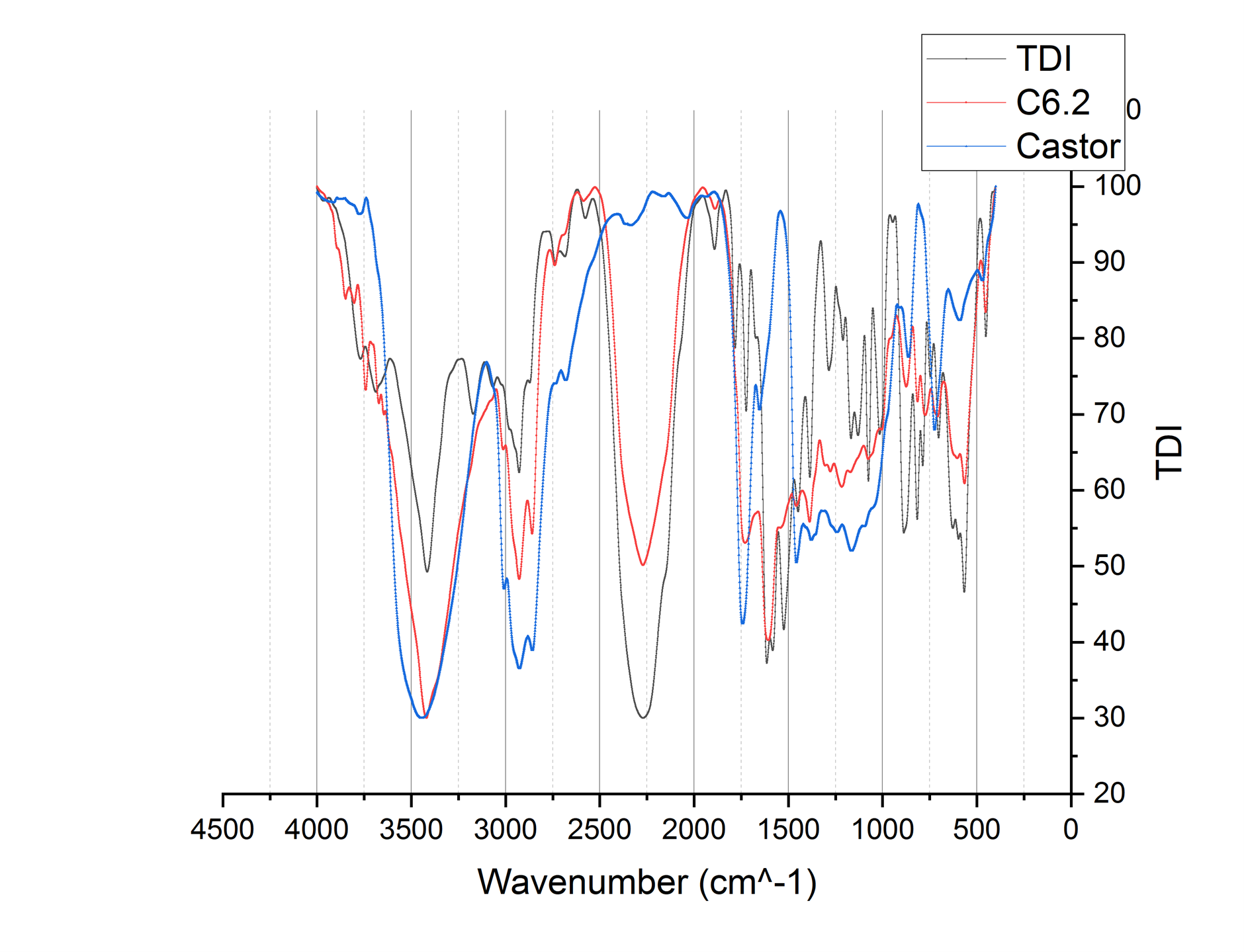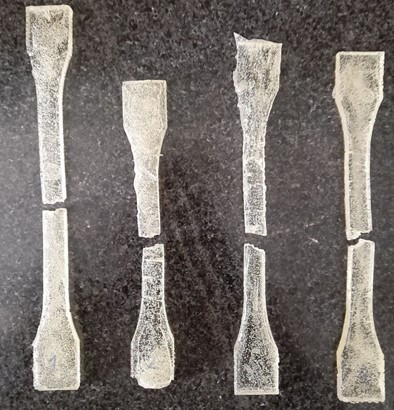Synthesis of Polyurea Polyaspartic High Abrasion and Chemical Resistance Coatings
09 Jul 2023
Reading time ~2 minutes
Polyurea systems are made by the reaction of isocyanate and polyamine to make urea groups in the polymer’s backbone. However, the pace of reaction is so fast and usually completed in 3 to 5 seconds. Because of that, these systems aren’t workable after application and have to spray directly onto the target.
The new generation of these systems uses Polyaspartic esters as amine which has chemical hindrance and increases curing time. These esters are made by the Michael reaction between diamine and Diethyl Maleate (DEM). Meanwhile, the operator can mix ester and isocyanate and apply them on any surface which can be edited if it is necessary.
Polyurea in Iran is not common but the first generation is used. Due to the lack of polyamine in Iran, these systems are so expensive, while the Polyaspartic systems have simple formulations and can use less amine. I start this project with the aim to commercialize Polyaspartic Polyurea systems with the help of Padrapat Pars. I select this project for my BSc project under the supervision of Dr. Najafi
In the first step, I analyze the available commercial samples in mechanical abrasion resistance, chemical resistance, gel time, and curing time. I start to make Isocyanate prepolymers with Castor Oil to increase abrasion resistance. In this section, viscosity is important and I study viscosity with a Ford cup viscometer.

The ford cup viscometer.
In the second step, I tittered a polyamine (TH7301) which is used for epoxy resins to find its amine value. After calculations, I mixed the appropriate proportion of TH7301 and DEM to make a Polyaspartic ester. In the final stage, I mix Polyaspartic with different prepolymers and study the abrasion resistance with Taber machine. All of the experiments are designed using Minitab.

Salt spary on sample to measure chemical corrosion.
There are some fillers and solvents used to control rheology, curing time, and chemical resistance. The final product has close abrasion and chemical resistance in comparison with commercial sample.

The IR Spectrum of Isocyanate, Polyol and prepolymer.

The tensile test was done on sample dumbles.